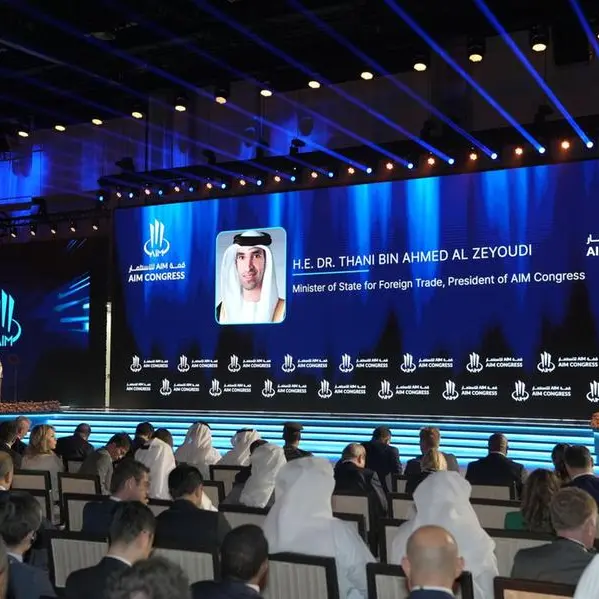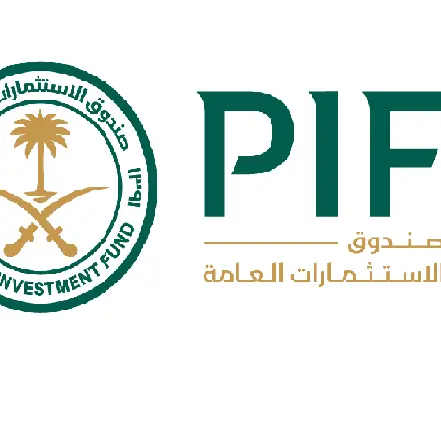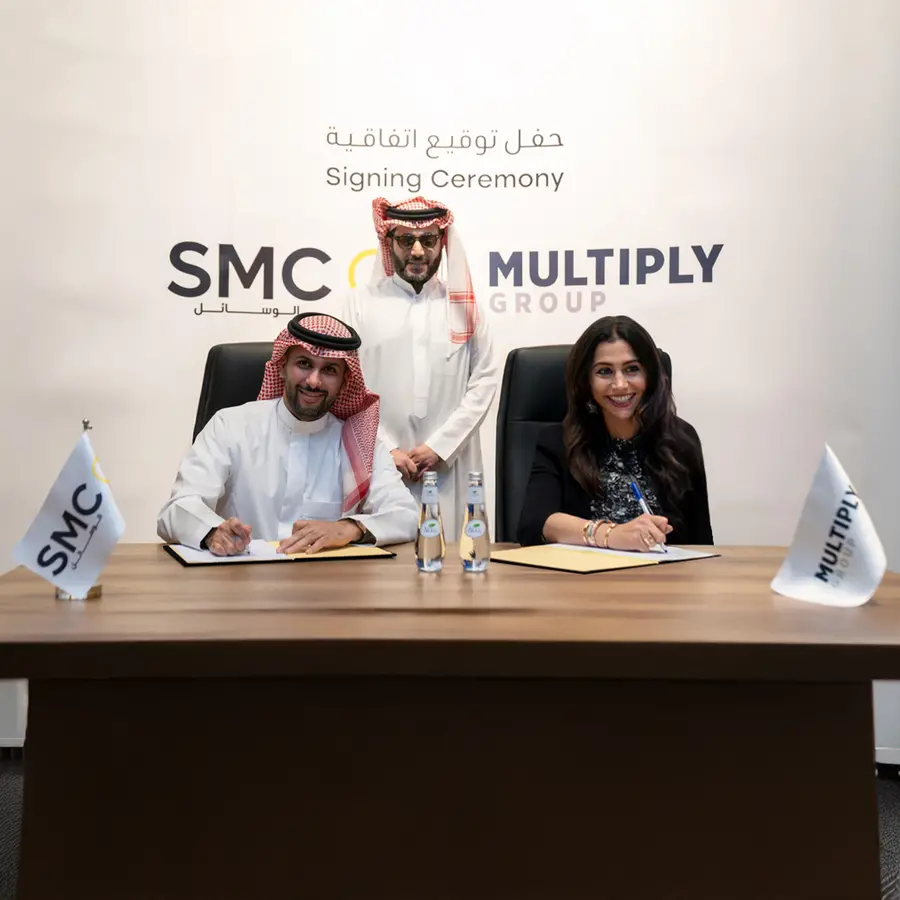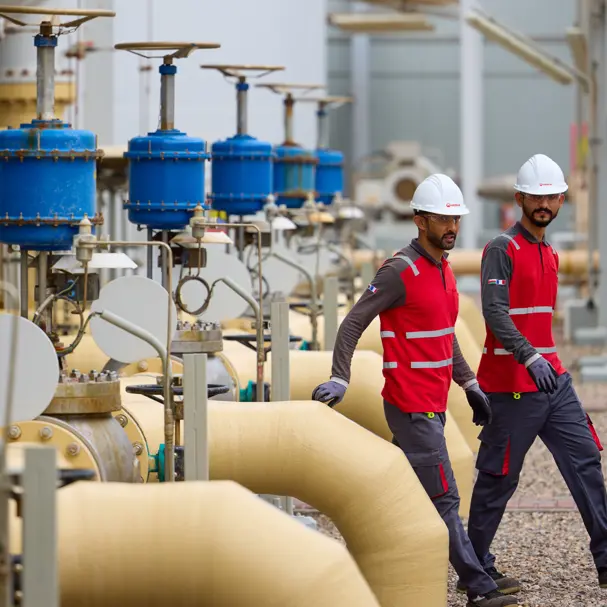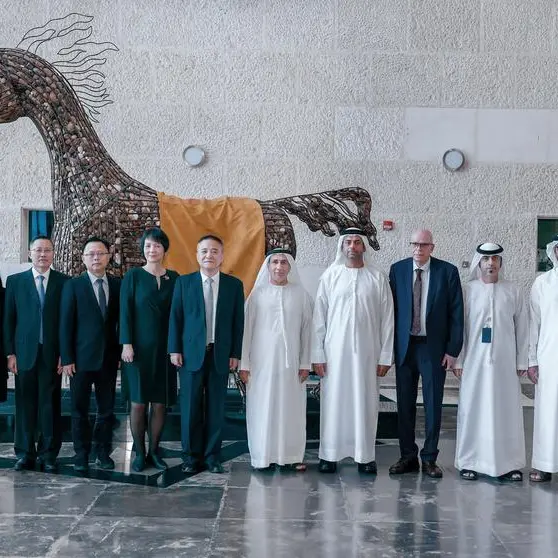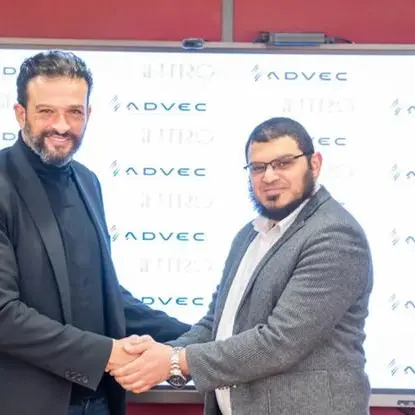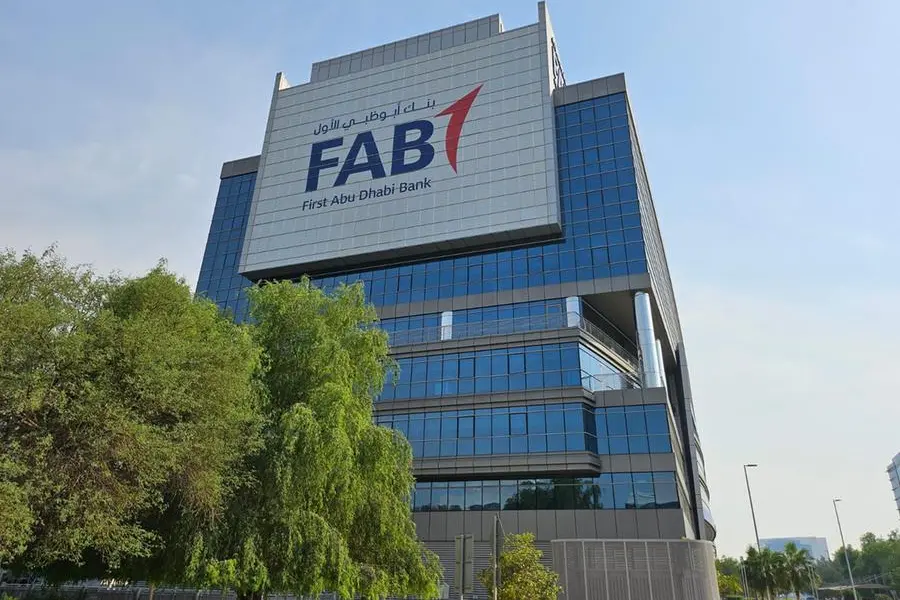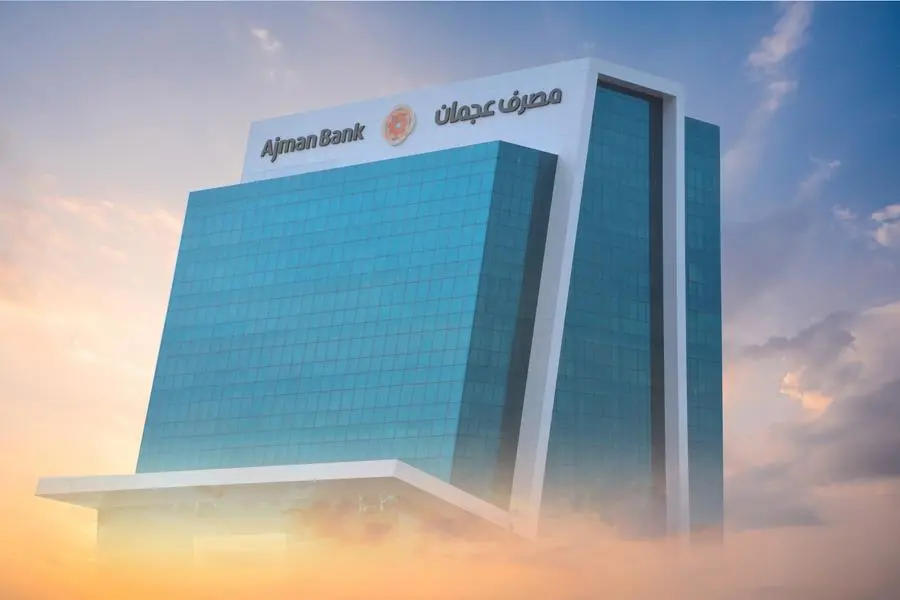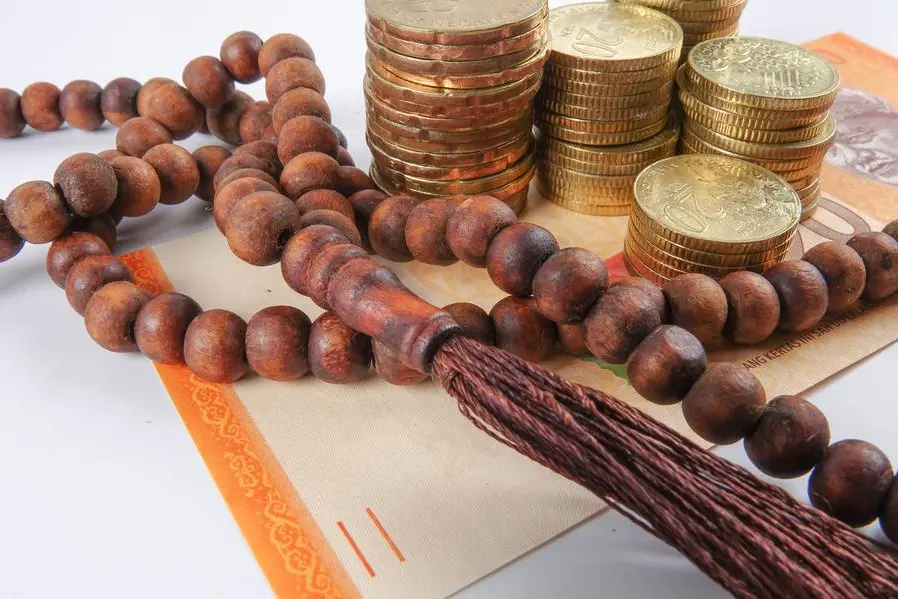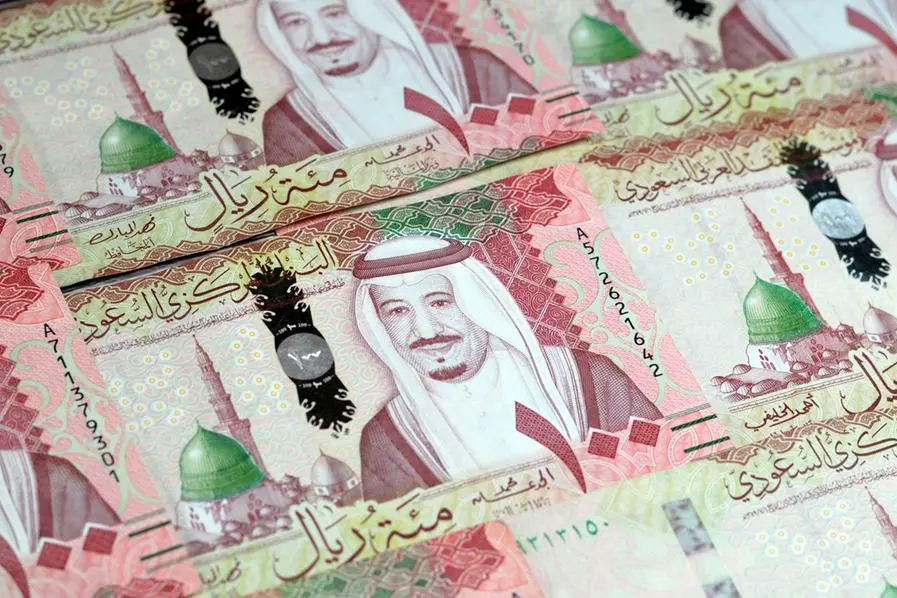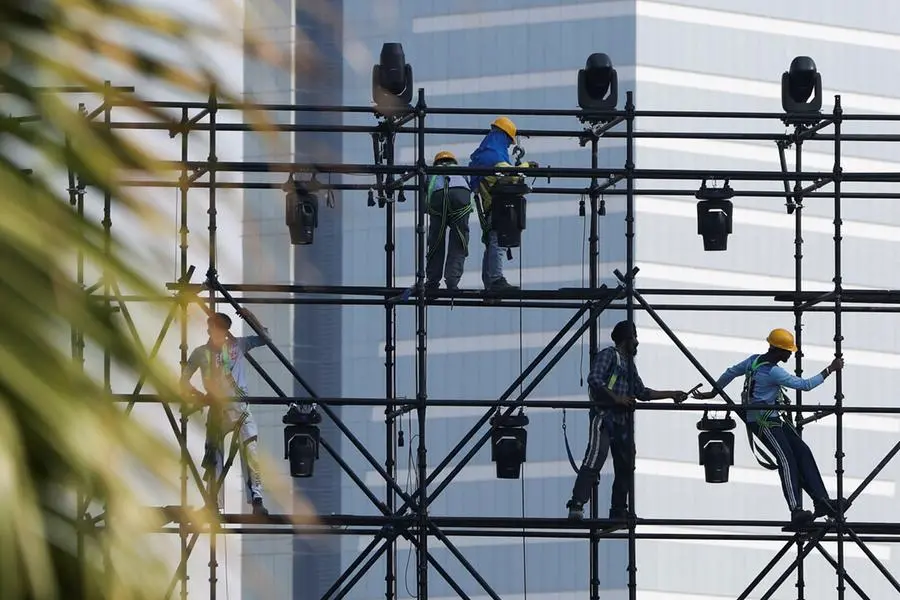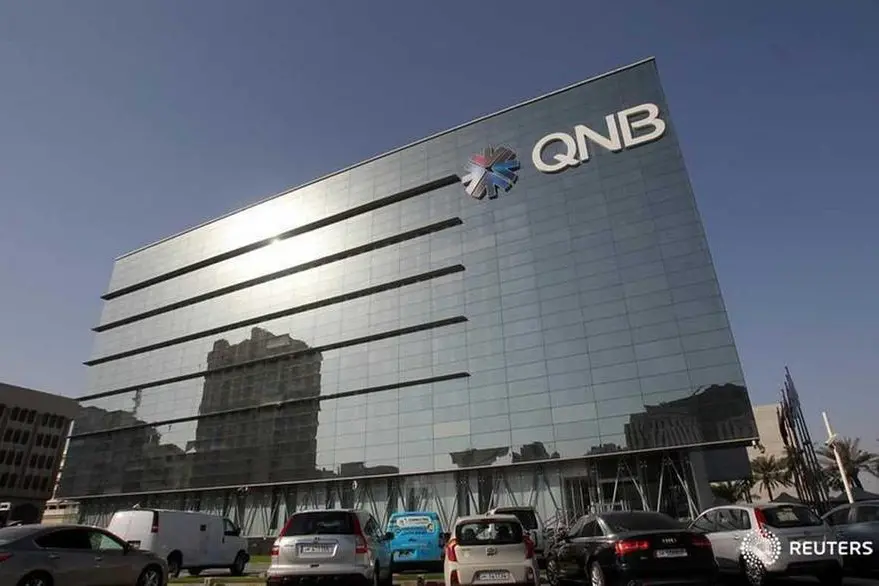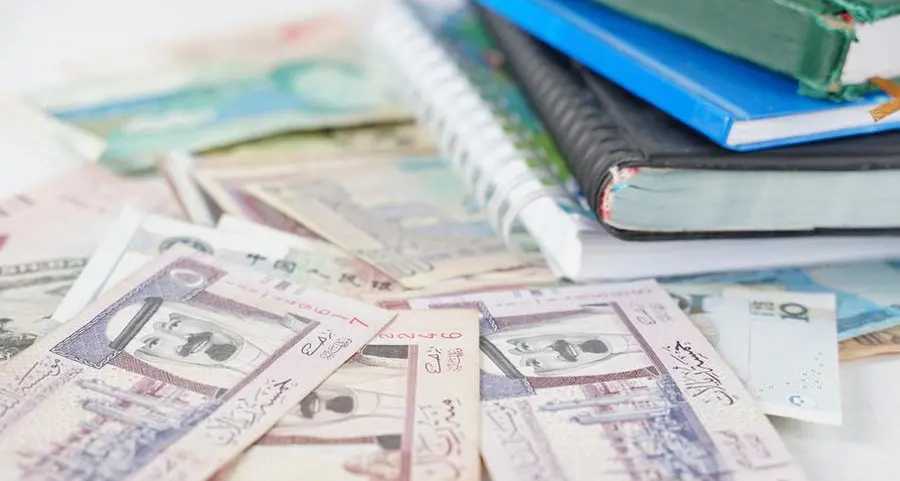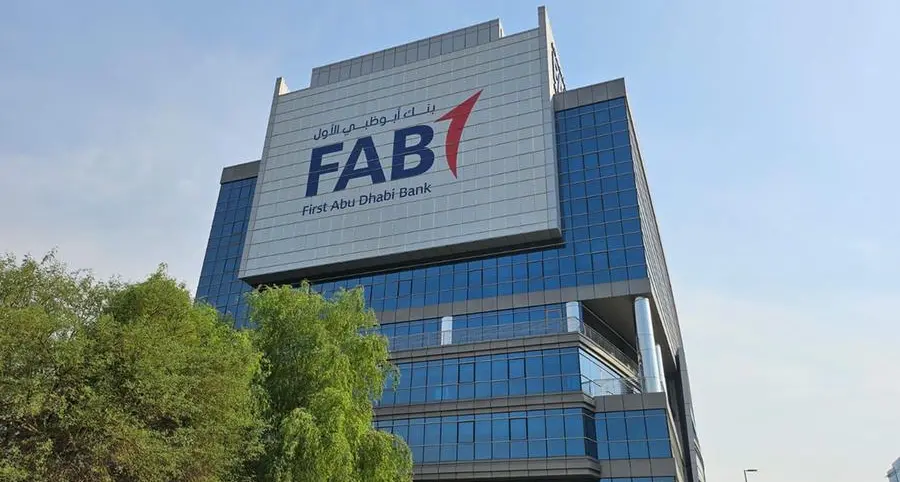DUBAL exhibits advanced technologies, DUBAL and EMAL present eight technical papers
United Arab Emirates: In a clear demonstration of the UAE aluminium industry's technology development expertise, the country's two primary aluminium smelters - Dubai Aluminium ("DUBAL") and Emirates Aluminium ("EMAL") - will participate in the industry platform offered by the TMS Annual Meeting and Exhibition ("TMS 2013"). Held this year in San Antonio, Texas, USA from 3 to 7 March, the focus of TMS 2013 is again on providing materials science and engineering professionals the opportunity to network, present research, share industrial applications and introduce innovation -- the aim being to leverage synergies that will progress research and development activities towards applications that offer global solutions.
With this in mind, senior executives from DUBAL will present six technical papers at TMS 2013, all of which will also be published in Light Metals 2013. The titles and topics of the presentations are as follows:
1. "Improving anode baked density and air permeability through process optimization and coke blending" - Over the years, DUBAL has continuously increased aluminium production through improved cell technology and optimizing cell performance at higher amperage. High baked anode density and low air permeability are key anode characteristics that impact anode performance in the reduction cell. The DUBAL Carbon Plant has implemented a 3-year strategic roadmap to improve these factors through process optimization and raw material blending2. "Potline modernization at DUBAL" - DUBAL commenced operations in 1979 with three potlines, which have been constantly improved over time to increase their efficiency and productive output (amperage has increased from 150 kA to 202 kA). To further progress the original potlines, DUBAL has conducted a pilot project to completely revise and modernize the cell technology. Designated D18+, the new in-house design incorporates the latest cell technology such as magnetic compensation and proper point feeders within the existing footprint of the original D18 potline infrastructure.
3. "A study of low voltage PFC emissions at DUBAL" - Perfluorocarbon ("PFC") emissions arise from a phenomenon called anode effect ("AE"), when normal electrolysis ceases due to lack of alumina and another reaction takes place, which generates PFCs. AEs are characterized in the aluminium industry by measuring their frequency and duration when the cell voltage is above 8 volts. Industry-wide efforts have targeted reduced AE frequency and duration leading to considerable reductions in PFC emissions. However, recent independent measurements reported sources of "non AE-related" PFC emissions. This study forms part of a programme initiated at DUBAL to identify the possible mechanism for "non AE-related" PFC emissions and develop new logics for treating it.
4. "Advancements of DUBAL high amperage reduction cell technologies" - In the last ten years, DUBAL has successfully developed proprietary high amperage DX and DX+ cell technologies that demonstrate excellent performance. 40 DX demonstration cells at DUBAL currently operate at 385 kA and five DUBAL DX+ demonstration cells have operated at 440 kA since March 2012. Following commissioning of a sixth rectiformer, the amperage of the DX cells in EMAL potlines 1 and 2 has increased to 380 kA. EMAL Potline 3, currently under construction will have 444 DX+ cells with a potline voltage of 2000 V. This paper, authored jointly by DUBAL and EMAL highlights further development, which are targeting lower energy consumption, PFC emissions and capital expenditure.
5. "Mathematical model validation of aluminium electrolysis cells" - DUBAL has developed in-depth mathematical modeling capability for aluminium electrolysis cells, based on commercial software, comprising thermo-electric, MHD and mechanical models of cells plus CFD models of gas extraction from cells and potroom ventilation. To validate these models, a measurement programme was initiated, involving continuous monitoring of cathode lining and potshell temperatures, busbar temperatures and busbar currents on selected DX and DX+ cells. Other measures included cell voltage breakdown, heat fluxes, freeze profiles, current distribution, magnetic fields, metal velocities, potshell deformation and cell gas exhaust flow rate.
6. "Reduction in HF emission through improvement in operational practices" - In a prebake aluminium reduction cell, hydrogen fluoride ("HF") is generated through the continuous electrochemical oxidation of the hydrogen entrapped in the carbon anode matrix, and emitted. Additionally, the presence of moisture content in alumina, or electrochemical generation in anodes, leads to HF formation. Emissions are known to have an adverse impact on human and urban environment. Hence, DUBAL adheres to strict performance standards to reduce HF emissions via investment in high efficiency Fume Treatment Plants and revising operational job practices. This paper describes operational practice review initiatives in DUBAL's D20 technology potline that led to a reduction in roof HF emissions of 30% to 50%.
EMAL will also present two papers, the titles and topics of which are as follows:
1. "Effect of watering and non-watering cooling rates on the mechanical properties of an aluminium smelter's potshell" - This study focuses on the effect of different cooling rates on the microstructure and mechanical properties of the potshell material. To this effect, samples of potshell material were collected and ASTM standard specimens for mechanical and microstructural examinations were machined. Specimens were heated up to a maximum temperature of 500⁰C and then cooled at various rates ranging from that of free convection cooling to water quenching cooling. Tensile and micro-hardness tests were carried out to examine the effect of these cooling rates on the mechanical properties of the material. Microstructural analysis was carried out to study the microstructural response of the material to the various cooling techniques. The variation of the thermal and thermo gravimetric properties of the potshell material with temperature has also been measured
2. "Mathematical model of cooling of a stopped pot and its validation - The aim of this study is to develop a heat transfer model of the aluminium reduction pot in a free convection and radiation environment. A commercial finite element code (FEM), ANSYS®, was used to create the 3D model and solve both the steady state and transient temperature distribution. All material properties and heat transfer coefficients were modelled as functions of temperature. The solidification of aluminium at its phase transformation temperature was included in the model to investigate the behaviour of the cooling curve of the various components of the pot during this phase change. The resulting cooling curves are in good agreement with experimental data (onsite measurements were made on a stopped DX pot in DUBAL). This model will be used to design an optimum pot cooling environment.
DUBAL and EMAL will have a joint stand at the exhibition component of TMS 2013. In keeping with the companies' commitment to and proven progress through technological innovations, the key messages projected across all media, including the exhibition graphics and collaterals, will highlight the specific benefits offered by DUBAL's reduction cell technologies, two of which have been licensed to EMAL.
Commenting on the two companies' involvement in TMS 2013, Abdulla Kalban (President & CEO of DUBAL and Vice Chairman of EMAL) says, "In our opinion, the annual TMS meetings offer a strong and credible forum for sharing technology-related information with a broad audience representing diverse stakeholder groups. Accordingly, DUBAL has participated in these events for many years - our primary objective being to raise awareness in the industry that DUBAL is much more than a producer of primary aluminium. To the contrary, DUBAL is also a developer of superior technologies based on thorough and on-going research into process and system improvements. Indeed, the best-in-class performances offered by DUBAL's DX/DX+ and D18+ technologies have already attracted interest in the marketplace, leading to technology licensing agreements. Indeed, 756 DX Technology cells are operational at EMAL Phase I and DX+ Technology has been licensed to EMAL Phase II (444-cells). Also, Aluminium Bahrain has selected DX+ Technology for its Line 6 Bankable Feasibility Study. Our trend towards technology development and transfer is an important element of DUBAL's overall sustainability strategy."
About DUBAL
An entirely state-owned enterprise, Dubai Aluminium ("DUBAL") owns and operates the world's largest single-site primary aluminium smelter (1,573 cells in seven potlines produce more than one million tonnes of hot metal per annum). The company, head-quartered in Jebel Ali, Dubai, is renowned internationally for its premium purity, high quality products and services; as well as its commitment to sustainable development through conscious efforts to maximise the health and safety people, reduce the impact of its operations on the environment, and invest in the social and economic development of the community. Dedicated programmes support the Emiratization goals of the UAE, including targeted recruitment, skills development, management training and strategic career planning. Approximately 88 per cent of DUBAL's annual production is exported globally, the company's key markets being Asia, Europe, the Middle East North Africa ("MENA") region and the Americas.
Aiming for continuous improvement through innovation, DUBAL has invested substantially in developing advanced reduction cell technologies that not only improve productivity but also reduce the operations' impact on the environment through improved energy efficiency and minimized emission levels. This has culminated in proprietary DUBAL DX and DX+ Technologies -- both of which operate at high amperage levels and rank among the best reduction technologies available.
DUBAL also owns 50 per cent of Emirates Aluminium ("EMAL") at Al Taweelah, Abu Dhabi; and has invested in joint venture bauxite/alumina projects, notably in Brazil, Cameroon, and Republic of Guinea.
For more information, visit www.dubal.ae.
About EMAL
EMAL, a 50:50 joint venture between DUBAL and Mubadala, was established in February 2007 to construct one of the world's largest single-site aluminium smelters. The project is being built in two Phases. Commissioning of EMAL Phase I (756 cells in two potlines) took place between 1 December 2009 and 31 December 2010, and the smelter currently has a capacity of 800,000 tonnes per annum. The company enjoys a strong reputation for sound safety management, wellbeing programmes for its employees and adopting global best practices to minimize its environmental footprint -- the latter entrenched through the implementation of DUBAL DX Reduction Technology, which offers enhanced energy efficiency and productivity levels yet lower environmental emissions than comparative technologies. These attributes are complemented by initiatives to harness Emirati talent through job-creation, engaging the community in corporate activities and celebrating the national and cultural heritage of the UAE.
EMAL Phase II was announced in July 2011. A new 444-cell potline is being built which, together with a technology upgrade of the existing cells (completed in 2012), will increase EMAL's annual production capacity to around 1.3 million tonnes by the end of 2014. The new generation, enhanced DUBAL DX+ Technology has been licensed for and will be installed in EMAL Phase II.
For more information, visit www.emal.ae.
© Press Release 2013
